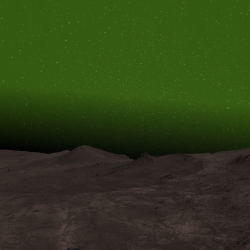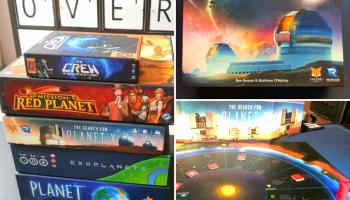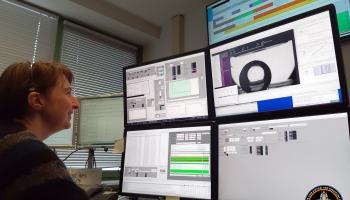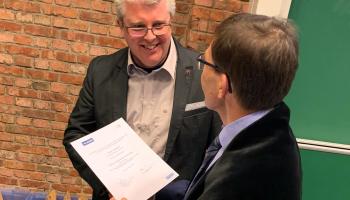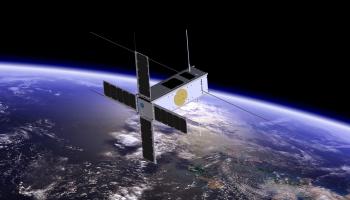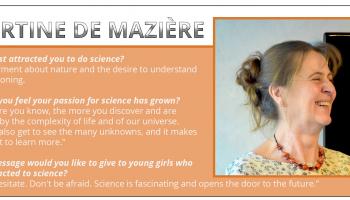Rather than adapting our environment, today we are learning to adapt ourselves. During confinement, the Royal Belgian Institute is adapting its slogan from "Science between Heaven and Earth" to "Science between Heaven and Home". We'll be sharing with you the little things that brighten our days in our new life and work routines. Find the new additions to the collection here.
Enough boiling in space, time to shake things up and start making foam. The end of a mission marks the beginning of a new one for the Belgian space operations center B.USOC. On March 6, American astronaut Jessica Meir will be replacing experiments within the Fluid Science Laboratory rack in the European module on-board the International Space Station.
February 20 was a big day for one of our engineers! Jurgen Vanhamel completed his PhD! Jurgen’s PhD project was a collaboration between BIRA-IASB and KU Leuven, and was partially based on the ALTIUS-project (Atmospheric Limb Tracker for the Investigation of the Upcoming Stratosphere).
It was to be expected that the effects of the corona virus on air quality in China would be more than noticeable. The lockdown of various cities in the Chinese province of Hubei, which started on January 23, 2020, halted an entire community. The impact on air quality, as a result of the strong reduction in the burning of fossil fuels, is clearly perceptible from space with the TROPOMI instrument.
For the International Day of Women and Girls in Science (February 11), we took the opportunity to ask some of our female researchers about their experiences with science. Read on to discover what they have to tell.

